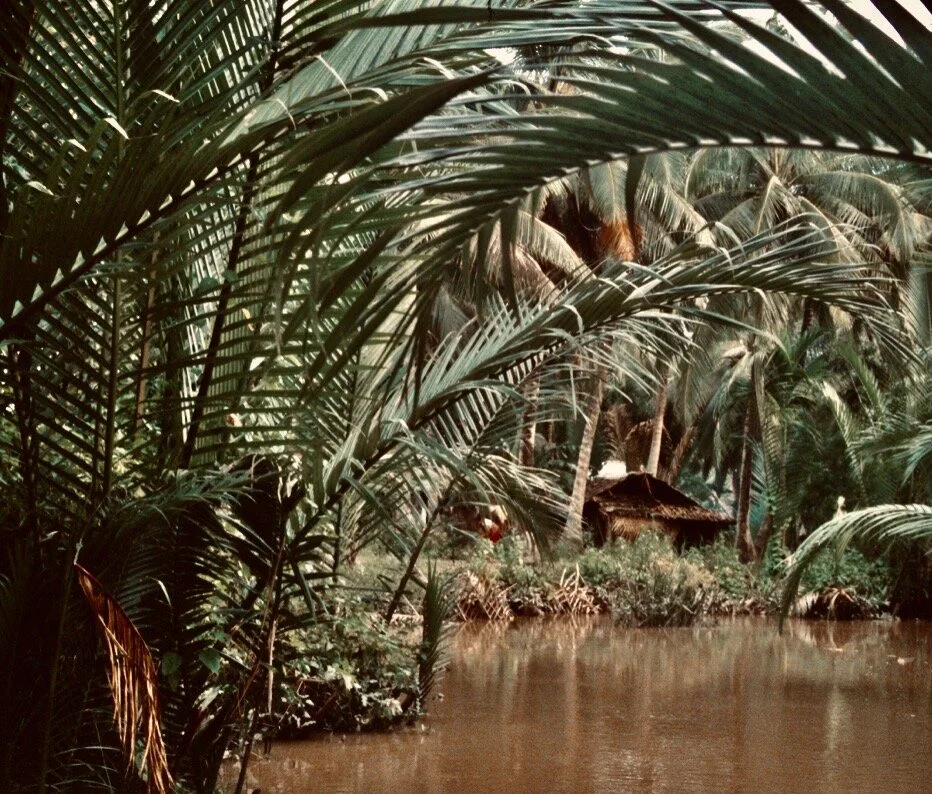Odyssey is both a tone poem of sorts and a legitimate violin concerto. After a nebulous introduction suggestive of the Eternal Infinite, the indefinable spiritual world of God, the first movement proper begins and corresponds to the exposition of a concerto/sonata structure, with its traditional segments of primary theme, transition, and secondary theme plus closing theme kept in mind. The thematic material for all of that is developed from the opening violin cadenza at the end of the introduction. The second movement constitutes the obvious development section of a sonata/concerto formal organization, but is a movement unto itself with its own structure. It is actually a theme and variations, but begins with the variations and works its way toward the theme, which appears like a fourth variation but in reality is the source material for what precedes it. This movement leads without pause into the third movement, which is a slower, modified recapitulation of the secondary thematic material in the first movement. The third movement, and thus the concerto, concludes with a coda that returns to the Eternal Infinite of the opening introduction to the first movement. Philosophically, the intent behind the work is to reflect on the nature of Existence, on Life as we experience it, from the moment of conception to the moment when our corporeal shell deteriorates and ceases to pulsate, but for those of us who believe in it, with the soul that was thought into being by God being released from the physical restraints and returned to the Eternal Infinite with the God who made it. Essentially, I see Life as a journey of returning to our origins in the spiritual world of the soul. Rather metaphysical and heavily spiritual, yes, but it's what I believe and I find strength and comfort and reason in it. The music is merely suggestive of the conflict, calm, strife, emotion, struggle, and progression through the years of existence in which we become, learn, grow, accomplish, and ultimately cease to be in this physical dimension. The first movement, the “exposition” as it were, is the learning period of the person. The second movement, the “development,” is the time in which the person faces all that life brings to bear, the good, the bad, and everything in between. The third movement, the “recapitulation,” is the obvious end of corporeal existence, when the soul is released from the frail and deteriorating body and returns to the world of the Infinite, the spiritual world that is its origin.






